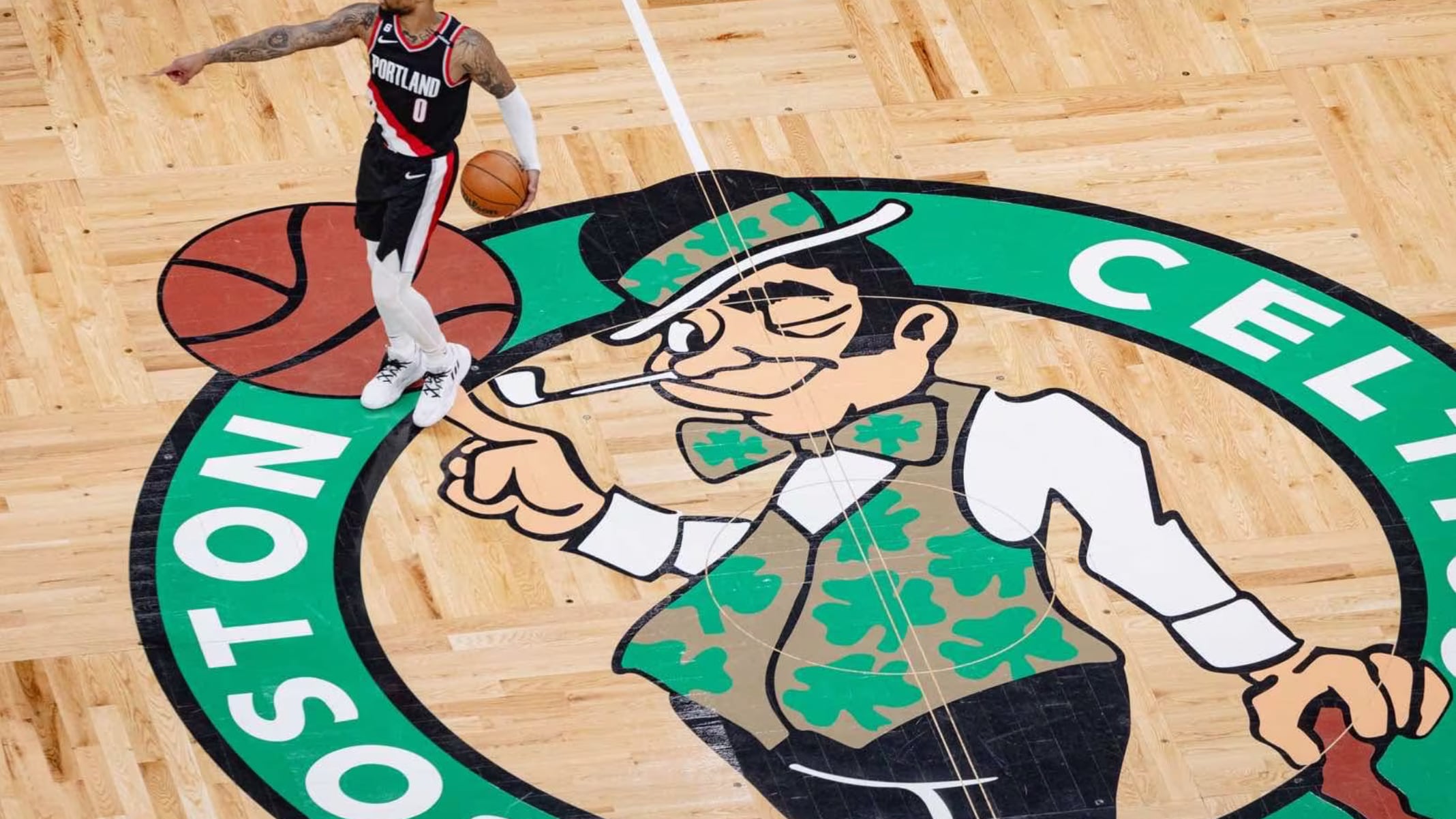Before the Portland Trail Blazers’ final home game last season, franchise superstar Damian Lillard addressed the crowd.
“We would like to thank everybody for the continued support, being the best fans in the league,” Lillard said. “And I just need you all to know one thing: This will not continue. Next year, we gonna come back better than we’ve been.”
The Blazers’ place in the standings at the time of Lillard’s guarantee: No. 13 in the Western Conference, ahead of only the tanking Rockets and Thunder.
The Blazers’ place in the standings more than 11 months later: No. 13 in the Western Conference, ahead of only the tanking Rockets and Spurs.
That’s all the more puzzling and disappointing when you consider that Lillard himself had a year that lived up to his promise. It was perhaps the best work of his career.
So what the hell happened? How did the Blazers go from postseason aspirations and a 10-4 start to “same spot in the standings as that time Keljin Blevins and CJ Elleby played rotation minutes”? Let’s dig in.
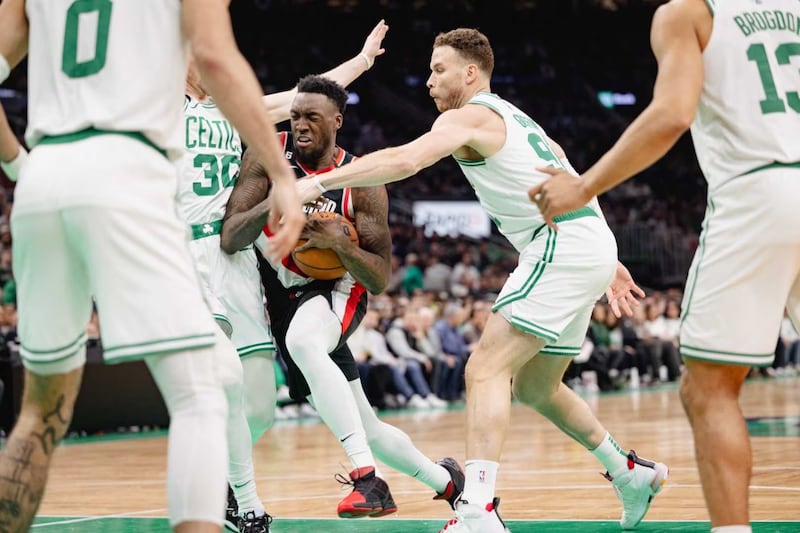
Nobody made a leap
The Blazers are trying to thread a very fine needle. Rebuild the roster in 24-ish months after trading an entire bench of veteran role players away at last year’s trade deadline.
For that to happen, they need some players to exceed expectations in a big way. General manager Joe Cronin is all but banking on finding the next Will Barton, Jerome Kersey, or Gary Trent Jr. hidden on the bench. For a talent-poor team, having a couple role players or second rounders wildly exceed expectations is the most expedient path to building depth.
Longtime Blazer fans know this well. Robin Lopez making leaps powered the 2013-14 team to 54 wins. Travis Outlaw briefly becoming a serviceable starter created the perfect sidekick for Brandon Roy. Nic Batum went from a “draft and stash” project to multiyear starting point forward overnight.
There hasn’t really been another Batum, or even Outlaw, on this year’s roster. The closest we got was Drew Eubanks, who did yeoman’s work filling in during starting center Jusuf Nurkic’s extended absence. But Eubanks seems to have topped out as a solid backup center.
The Blazers need more players to exceed expectations. They haven’t. Nassir Little’s shooting and athleticism have made for exciting highlights, but lackluster defense has left him on the fringe of the rotation. Josh Hart inexplicably became 3-point-phobic after a strong start to the season; he was traded at the deadline to avoid a terse free agent negotiation. Justise Winslow and Nurkic had their seasons derailed by injuries. Gary Payton II barely played before an acrimonious trade. The jury is still out on newcomers Matisse Thybulle and Cam Reddish.
The lack of breakout role players has left the Blazers with a shallow bench and Cronin with few appealing trade options. That’s not the recipe to fix a roster inside of two years.
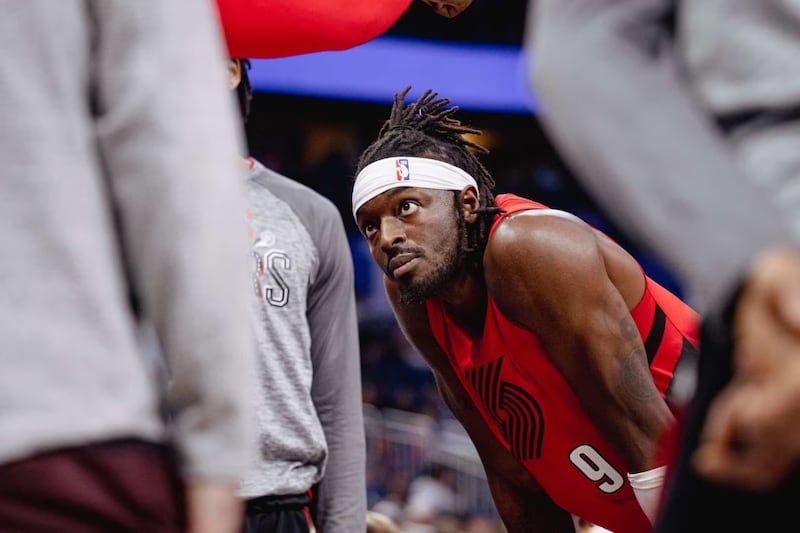
Joe Cronin hasn’t gone all in
The Blazers did not fully prioritize winning this season, at least in terms of roster management. They let a $4.1 million biannual exception for signing free agents expire unused. They didn’t fortify the big-man rotation at the trade deadline in the wake of Nurkic’s injury, despite a glaring lack of size and rebounding. Cronin traded away Hart and didn’t get back a player who could match his skill level.
None of these moves was particularly damning in a vacuum—acquiring a first-round pick for Hart may be a net win in the long run—but it does raise questions about the franchise’s long-term priorities.
Specifically, their payroll was conspicuously close to the luxury tax line before shedding salary at the trade deadline. That’s a line they likely can’t dodge much longer: Grant rejected a four-year, $112 million extension earlier this year. They can’t afford not to re-sign him this summer as letting him walk won’t create enough cap space to sign a player of similar value.
But adding Grant’s pending mega-deal to the long-term contracts of Lillard, Simons and Nurkic will most likely push the Blazers into tax territory. When that happens, will they be willing to use all the tools at their disposal to fortify the rotation? Or will they let more exceptions expire and pass on replacing injured players?
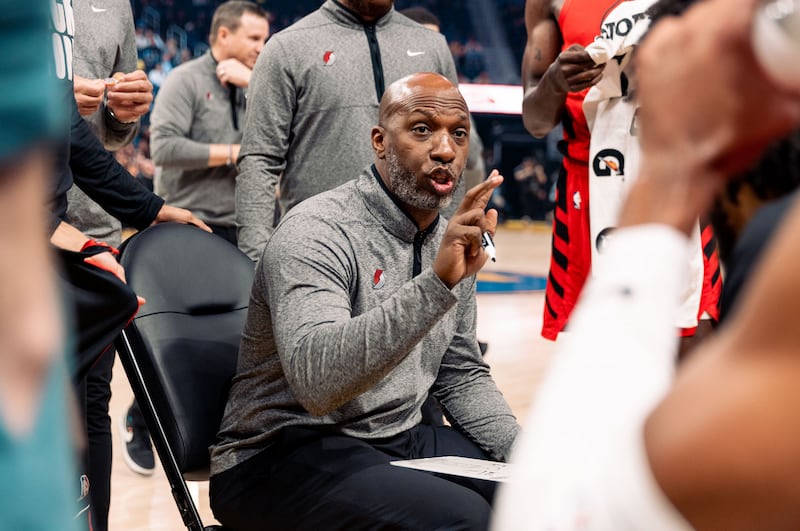
Chauncey Billups produced no miracles
Head coach Chauncey Billups has not inspired confidence this season. The Blazers have lost more games after leading by double figures than any team in the league: 17 of them. At times, continued use of “switch everything” defensive schemes have forced Lillard, Little and others into lost-cause matchups, baffling even the most casual of fans. After attempting to implement a more dynamic offensive game plan, the team has largely resorted to Lillard hero ball in the waning days of the season.
The fallout has been ugly. Since the All-Star break the Blazers have the worst defense in the NBA and No. 22 offense.
The poor play and repeated blown leads have fans almost pulling their hair out—and picking at nits. Largely innocuous decisions like replay challenges and nightly fluctuations in minutes for younger project players have drawn raised eyebrows. Frivolous coach-speak postgame quotes have become a meme minefield.
These types of complaints are the equivalent of movie plot holes—they’re only noticed when bigger problems already exist. You don’t think about how silly the Death Star’s thermal exhaust port is after two hours of Luke’s hero’s journey.
So what’s the bigger problem here? Is Billups a bad coach or just taking the brunt of the blame for injuries, dashed expectations, and fan anxiety? It’s too early to tell. He is up against the same plight as his predecessor, Terry Stotts: The losses are a product of the roster. But Billups will be on the hot seat soon if the Blazers don’t look much better next season.
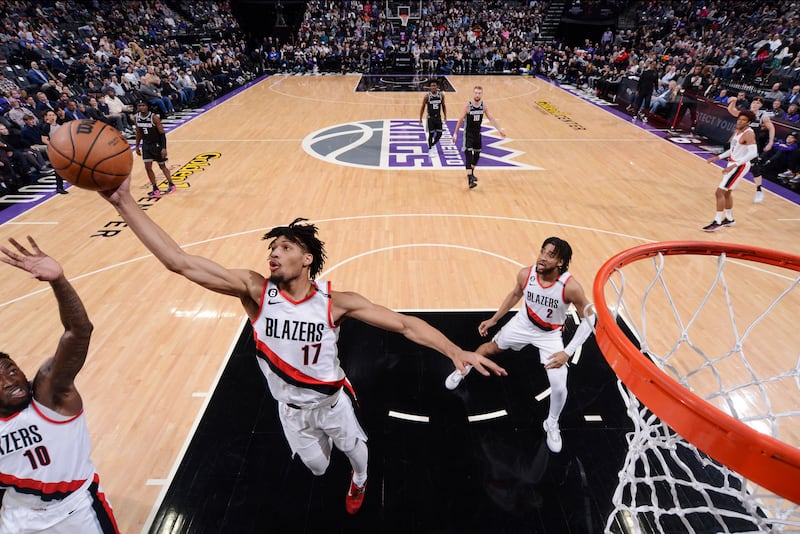
There are reasons for hope
Despite everything that has gone wrong, the Blazers could somehow still turn this around. Lillard is wrapping up the best season of his career with a late push for the scoring title. Concerns that his prime will fade away quickly have been largely alleviated. The window is still open.
Meanwhile, Shaedon Sharpe’s preternatural athleticism and feel for the game may elevate him to impact player much sooner than expected:
Some of Shaedon Sharpe’s blocks 😳 pic.twitter.com/cClERW6Rg1
— Brett Usher (@UsherNBA) February 13, 2023
He might be the All-Star teammate Portland has dreamed of since 2015.
On top of Lillard’s shining brilliance and Sharpe’s rising star, Cronin will also (probably) have a lottery pick at his disposal. That lottery pick could even turn into one of the most electrifying teenage prospects since LeBron James.
So, no, it’s not time to give up on the Blazers. They still could come back better than they’ve been. But they’d better do it soon. We’ve said that before. But we won’t get many more chances.
Double Dribbles:
· The Blazers have a new mascot:
sup. the name’s doug. pic.twitter.com/1zlaPijToS
— Douglas Fur (@Douggyfur) March 15, 2023
· Douglas Fur is somehow the third (fourth?) Sasquatch-themed Pacific Northwest NBA mascot.
· Other NBA teams paid the Blazers $32 million recently. Congrats, Blazers!
Sources: Also receiving revenue sharing payments for 2021-2022 include Denver ($35.5M), Portland ($32M), Charlotte ($31.6M), Sacramento ($29.9M), New Orleans ($28.9M), Memphis ($28M), San Antonio ($26.3M), Minnesota ($25.6M), Orlando ($23.4M), Detroit ($21.5M, Cleveland ($19.9M).
— Adrian Wojnarowski (@wojespn) March 17, 2023
· Justise Winslow has unfortunately still not recovered from an ankle sprain he suffered in December.
